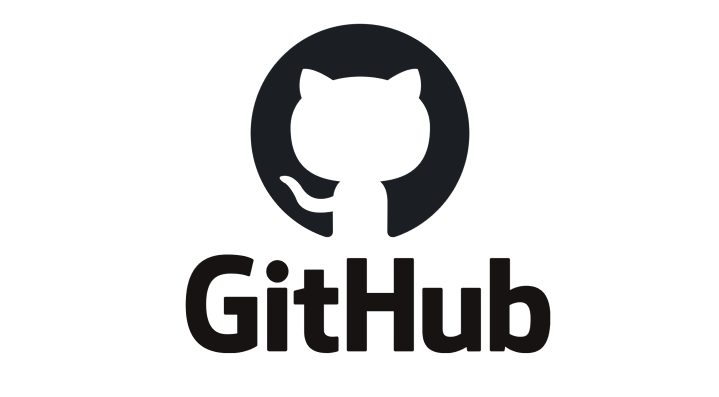What is Github?
Github is the largest software development platform. It is a subsidiary of Microsoft which offers to host for software development. Moreover, it provides cloud storage for source code, supports all popular programming languages, and streamlines the iteration process. The main feature of Github includes ‘version control’. A version control offers complete source code used to build a software, including its full history.
Features of Github:
- Bug Tracking: A software application that keeps track of reported software bugs in software development projects.
- Task management: It involves planning, tracking, reporting, and testing to help people achieve goals.
- Continuous Integration: It involves merging of developers working copies.
- Wiki: It involves publication of hypertext(links) by its own audience directly using a web browser.
- Free of charge services.
- Commercial: Its advanced features and enterprise services are commercial.
Essentials of Github:
- Repository
- Branches
- Commits
- Pull requests
- Git
· Repository:
A repository is usually used to organize a single project. It contains everything a perfect project needs: folders, files, images, spreadsheets, and data sets. It provides a platform where you can store your ideas, do work, and even share your resources with others.
· Branch:
As the name refers, branching offers working on different versions of a repository at one time. By default, your repository has one branch named ‘main’. Now most amazing feature of ‘branch’ is that, if you are working on a branch and someone else makes changes to the ‘main branch’, you could pull over those updates!
Seems advantageous, Right? So, for this make sure to create a branch of the main branch. The designers for software keep bug fixes and feature work separate from main branch by using branches. When changes are ready, they merge their branch into main branch.
· Commits:
On Github, saved changes are called commits. With each commit comes a ‘commit message’ which is a description explaining why a particular change was made. Amazing thing is that all your history of changes is getting captured by commit messages, so other contributors understand that what have you done and why.
· Pull Request:
The heart of Github collaboration is indeed the ‘Pull Requests’. Through pull requests, differences from both branches can be seen easily. The changes such as addition and subtraction are shown in red and green. By opening Pull requests, you are requesting someone to review and merge your contribution to their branch.
· Git:
Congratulations! The version control software Github is built on. At this point your project is completed and further you must make a pull request on Github.
Why the world markets Github so highly?
Let us find out why Github is so popular and developers love it so much!
· Exceptionally Powerful Community:
Github is a platform where different developers from powerful corporations work together. There are millions of programmers that download, review, and evaluate each other’s work to benefit the world. The community is what fuels it. Microsoft is the top contributor to the system.
· Largest Shared Repository:
Currently, 40M users are using Github. Making your Repository public will allow these 40M users to instantly discover your project. And this goes the other way around- you can discover codes written by others, learn from it and even use it for your own project.
· Secure Cloud Storage:
If you are using Github then there is no need to worry about complex corporate security solutions. Your code branches and controls access; all will be protected by platforms. In case if you do not trust cloud storage, you can opt in Github Enterprise Package and host all data on your servers.
